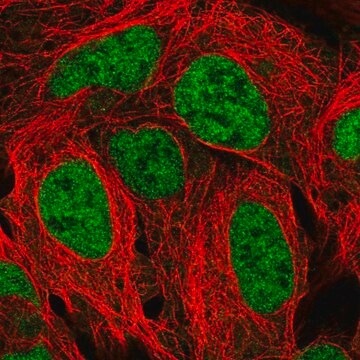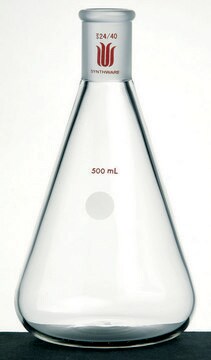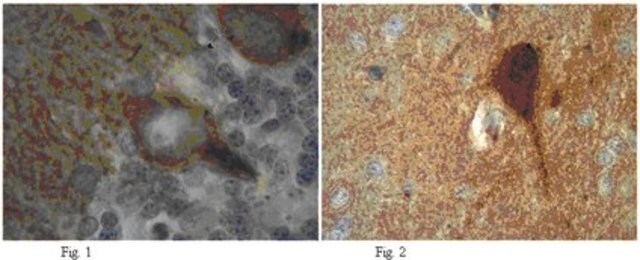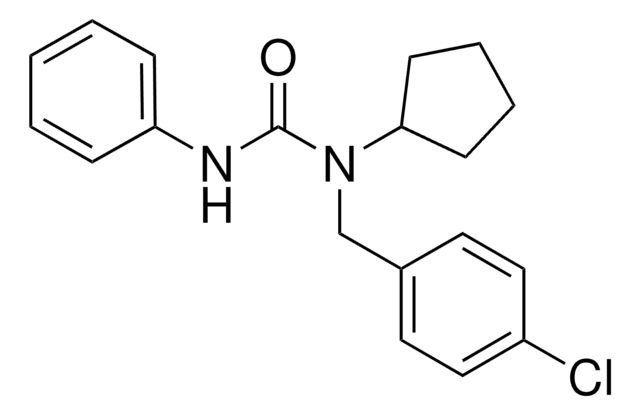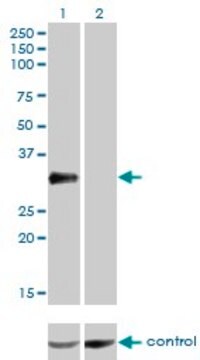おすすめの製品
由来生物
rabbit
結合体
unconjugated
抗体製品の状態
IgG fraction of antiserum
抗体製品タイプ
primary antibodies
クローン
polyclonal
フォーム
buffered aqueous solution
交差性
human
テクニック
indirect ELISA: 1:1000
NCBIアクセッション番号
UniProtアクセッション番号
輸送温度
dry ice
保管温度
−20°C
ターゲットの翻訳後修飾
unmodified
遺伝子情報
human ... PTPRB(5787)
詳細
Phosphorylation of receptors by protein kinases is a process that can be reversed by a group of enzymes called protein phosphatases. Coordinated control of kinases and phosphatases provides the cell with the capacity to rapidly switch between phosphorylated and dephosphorylated protein states in dynamic response to environmental stimuli. Activation of critical enzymes by kinase phosphorylation alone is not enough to provide adequate regulation – it is the combination with phosphatase dephosphorylation that effectively creates on/off switches to control cellular events. Errors in control, either through kinases or their counterpart phosphatases, can lead to unchecked cell growth attributable to human cancers and developmental disorders. Potential mechanisms to control dephosphorylation include changes in the expression of protein phosphatases, their subcellular localization, phosphorylation of phosphatase catalytic and regulatory subunits and regulation by endogenous phosphatase inhibitors. Most protein phosphatases are not stringently specific for their substrates. Consequently, changes in phosphatase activity may have a broad impact on dephosphorylation and turnover of phosphoproteins that are substrates for different kinases. This may be an important point of control to connect cellular circuitry of interrelated signaling pathways, and to synchronize physiological responses.
免疫原
PTPBETA (1957-1993)
This antibody is generated from rabbits immunized with a KLH conjugated synthetic peptide selected from the C-terminal region of human PTPbeta.
This antibody is generated from rabbits immunized with a KLH conjugated synthetic peptide selected from the C-terminal region of human PTPbeta.
生物化学的/生理学的作用
Protein tyrosine phosphatase, receptor type B (PTPRB), also known as vascular endothelial-protein-tyrosine phosphatase (VE-PTP), might have a role in remodeling of blood vessels and in angiogenesis. It is also important for endothelial cell migration. The protein also controls the phosphorylation state of the angiopoietin receptor, Tie-2. PTPRB may modulate sodium channels by influencing the tyrosine phosphorylation status.
物理的形状
精製済みポリクローナル抗体のPBS溶液(0.09%(W/V)アジ化ナトリウム含有)
適切な製品が見つかりませんか。
製品選択ツール.をお試しください
保管分類コード
10 - Combustible liquids
WGK
nwg
引火点(°F)
Not applicable
引火点(℃)
Not applicable
最新バージョンのいずれかを選択してください:
Picomolar concentrations of free zinc(II) ions regulate receptor protein-tyrosine phosphatase ? activity.
Wilson M
The Journal of Biological Chemistry (2012)
Shear stress-induced redistribution of vascular endothelial-protein-tyrosine phosphatase (VE-PTP) in endothelial cells and its role in cell elongation.
Mantilidewi KI
The Journal of Biological Chemistry (2014)
A sodium channel signaling complex: modulation by associated receptor protein tyrosine phosphatase beta.
Ratcliffe CF
Nature Neuroscience (2000)
ライフサイエンス、有機合成、材料科学、クロマトグラフィー、分析など、あらゆる分野の研究に経験のあるメンバーがおります。.
製品に関するお問い合わせはこちら(テクニカルサービス)